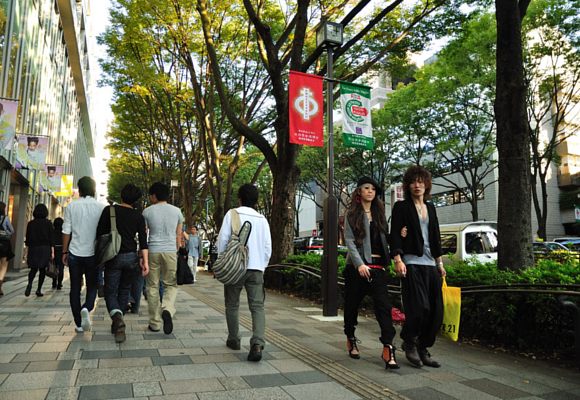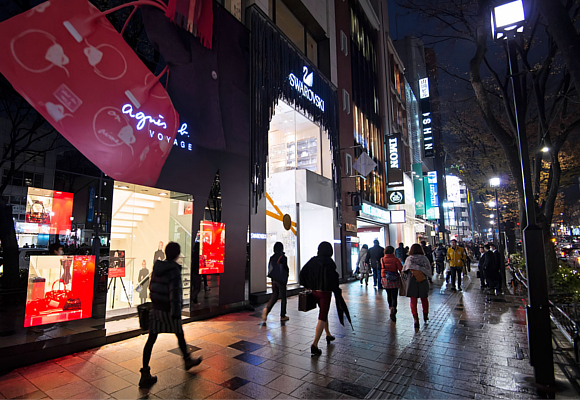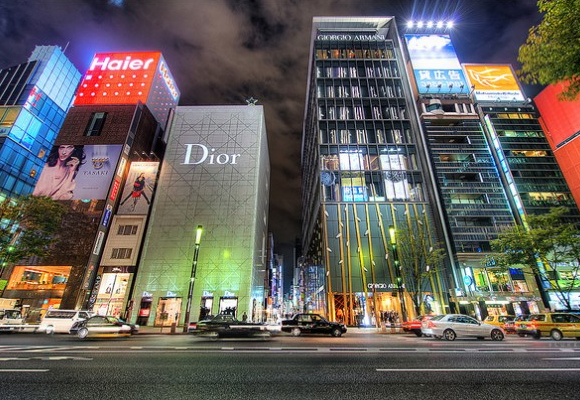The Educated Luxury
Omotesando, the chicest street in Tokyo, is changing Louis Vuitton handbags and Chanel coats for Zara dresses and Gap jeans.
There, as well as in many other places, bellies increasingly feel the pressure from belts and, so it seems, of luxury; what we understand as excessive luxury, nowadays seems by all means over the top. This consideration is seeping ever deeper into our consciences and some people assert that its effects will not be temporary, but that austerity, or a non-wasteful lifestyle, has no turning back. This is even considering that the acquisition of objects of brands such as Hermès, Louis Vuitton or Armani was a symbolic ritual of the Japanese middle class, an act of initiation of which without it there would be no sense of belonging to the group.

Alas, not. Luxury of this type is no longer sustainable, despite the environmental care these large firms devote to their finest products. During the years of the Great Depression working towards a sustainable consumption of goods and use of services may not have been priority. The whole world settled for cheaper industrial manufacturing and less indulgent with environmental damage, preferably made in China. However, what nowadays is on the post crisis, globalized and digitalized horizon, is a new vital culture imbued with variables so innovative and exciting, such as social responsibility, knowledge of purchase, global information, public involvement of consumed objects, and exaltation of the senses… Luxury, yes, but an educated luxury.

Gold has long ceased to be a mark of distinction. Social status was obtained in the temples of exclusivity, as Tokyo’s Omotesando Street, where display windows still flourish and thousands of lights still flash announcing a spring of impossible luxury. Moreover, where a Chanel handbag may be the visual center of a 20-storey facade because the whole building is an architectonic sculpture signed by Cesar Pelli. O by Herzog et De Meuron, Zaha Hadid, Toyo Ito and other elite architects who design poetic facades with shining LED’s where autumn leaves fall and blow, in a sudden metamorphosis, like ethereal enervated birds between chiffon and leather handbags… a sight full of fantasy and advanced technology.

Now luxury doesn’t pursue exclusivity. Now luxury is a democratic and educated luxury. Without labels, without waste, without public derision. With wisdom and knowledge about what truly elevates the spirit. Luxury in the new human generation is the gesture of what is different. Not what’s exclusive, but what’s differential. That what identifies us by owning something personal, individualized, without necessarily having a high cost. We no longer want to belong to a distinguished group, a high class that, no matter how high it is, shall always be a mass. Now what is best is to be unique, to consume a singular product or live a fantastic experience. Such as staying in a hay-loft suite or bathing in an oleic spa.
